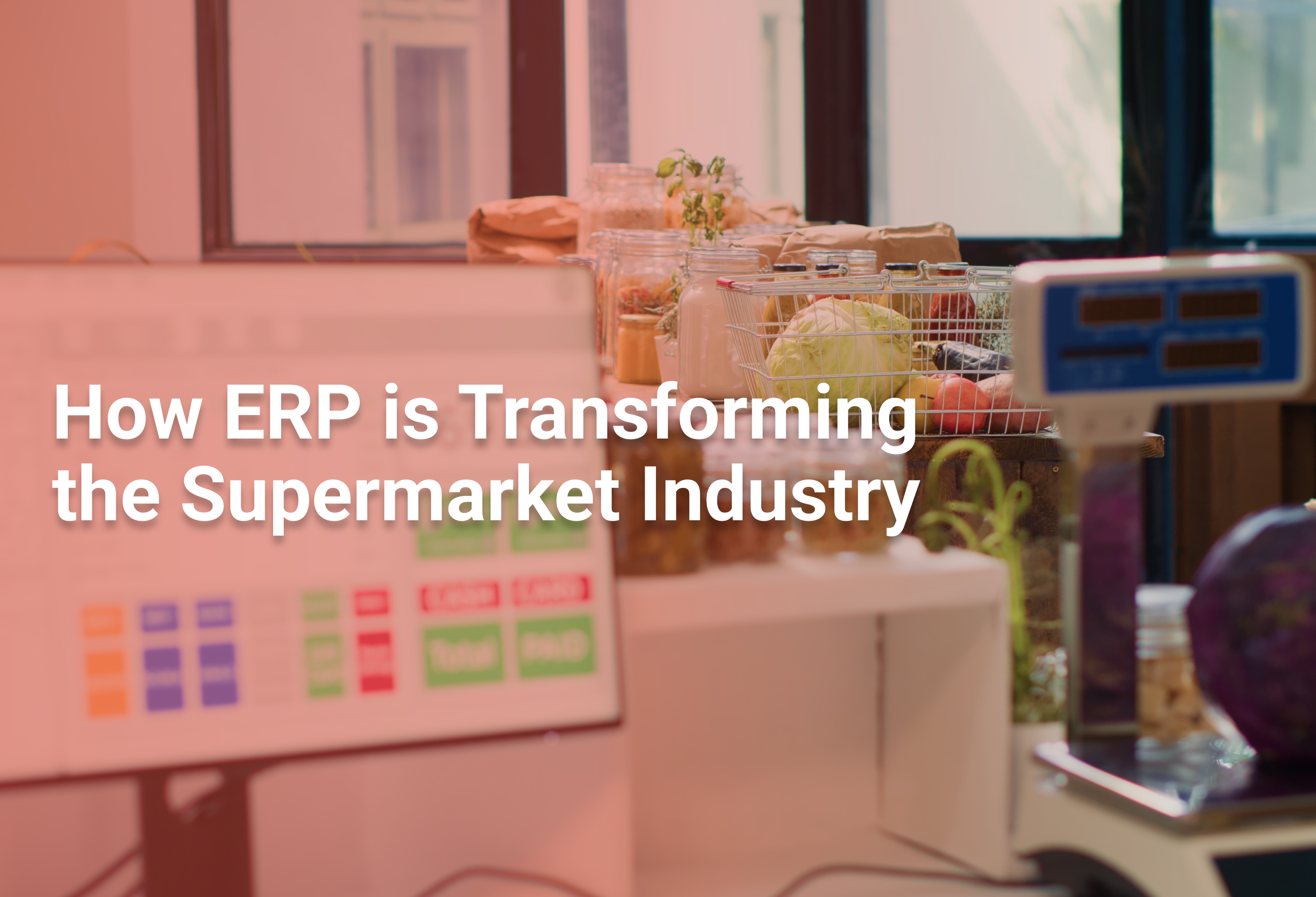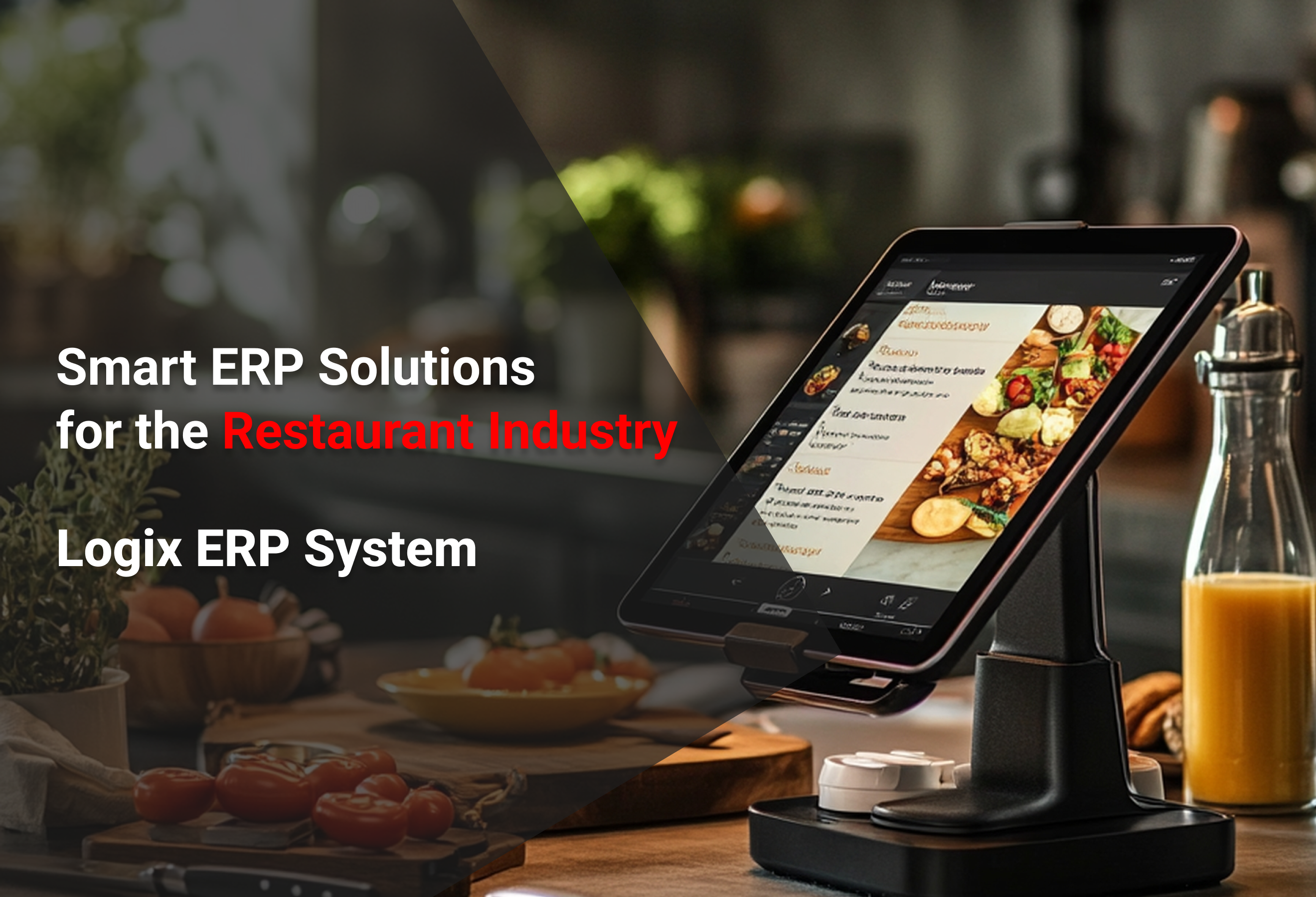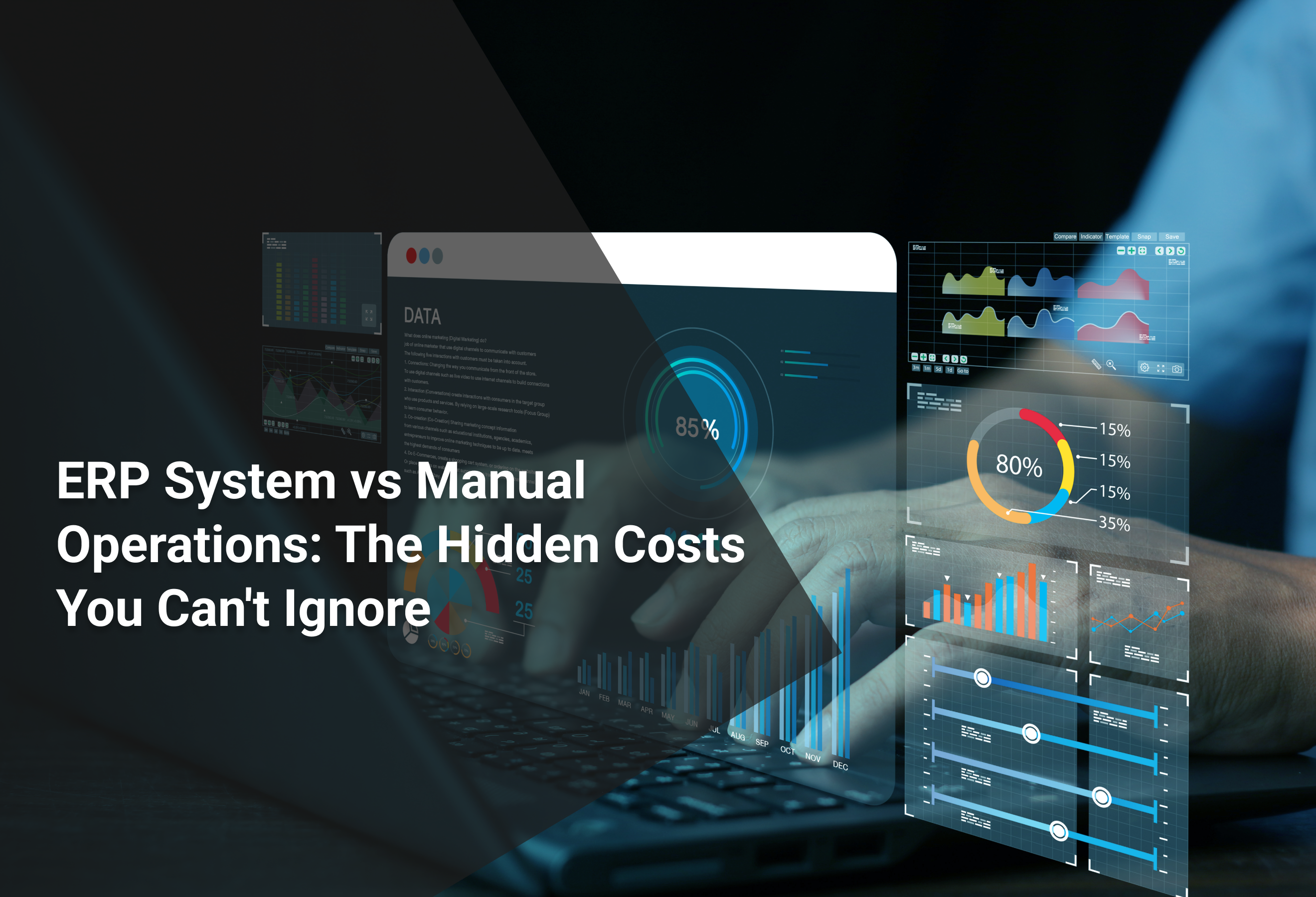
25/03/2025
Distribution companies are constantly under pressure to deliver the right products, at the right time, at the right place in today's customer-driven and fast-paced market. It is no longer possible to meet the increasing demands for speed, accuracy, and transparency using traditional distribution methods. Distributors need to use intelligent, effective systems that can manage complexity at scale in order to stay competitive, and ERP is one such solution.
The complexity of Contemporary Distribution
Transporting items from point A to point B is only one aspect of modern distribution. It entails striking a careful balance between order fulfillment, warehousing, shipping, supplier connections, inventory levels, and frequently across several locations and time zones. A very complicated logistical environment is created when you combine shifting client demand, constrained delivery windows, and growing competition.
Limited visibility, manual procedures, and siloed data are problems for many distributors that result in shipment errors, delays, and increased operating expenses. It is practically impossible to scale operations while maintaining precision and control without a centralized system.
ERP's Function in Simplifying Logistics
Distribution is transformed by an Enterprise Resource Planning (ERP) system, which unifies all aspects of the business into a unified platform. ERP offers real-time insights and automation that optimize the whole supply chain, from order processing and inventory tracking to warehouse management and shipping coordination.
Distributors may streamline order processes, improve supplier coordination, track deliveries precisely, and obtain complete visibility into inventory levels with ERP. This lowers overall expenses while also improving customer happiness and speed and accuracy.
Important Distribution Management Challenges
Distribution companies have to manage many things at once, including delivery, customer service, inventory control, and supplier coordination. Managing these duties manually or with disjointed systems can lead to a rapid accumulation of mistakes and inefficiency. Some of the most typical difficulties distributors encounter are listed below:
Stock imbalances and inaccurate inventories
A successful distribution company is built on an accurate inventory. However, miscounts, misplaced products, and inconsistent stock records are problems for many distributors. Overstocking, understocking, shipment delays, and unhappy customers are all consequences of inaccurate data. Maintaining balance turns into a guessing game in the absence of a real-time system to track inventories across all warehouses and locations.
Ineffective Order Processing
Accuracy and speed are essential for order fulfillment. Missed deadlines and lost business can arise from delayed picking, packing, or shipment. Errors like sending the incorrect product or amount are more likely to occur when fulfillment procedures are carried out by hand or using antiquated technology. Unautomated workflows are under increasing strain as order volumes increase.
Insufficient Supply Chain Visibility
Distributors frequently depend on a number of suppliers and outside logistics companies, thus transparency and real-time tracking are essential. It is challenging to identify delays, react to interruptions, or make preemptive plans when there is no end-to-end supply chain information. Procurement, forecasting, and general consumer happiness are all impacted by this lack of understanding.
Error-prone and manual processes
Human mistake is too likely to occur in manual procedures, such as data entry and inventory changes. These mistakes may lead to time wastage, complaints from customers, and monetary losses. Additionally, there is a far higher chance of misunderstandings and inefficiencies when teams handle logistics using spreadsheets, phone conversations, or other technologies.
These difficulties show how urgently automated, integrated systems are needed. ERP can help distributors overcome this complexity and simplify their processes from start to finish.
How Distribution Operations Are Optimized by ERP
Every step of the distribution process is made more organized, automated, and visible with the help of an ERP system. ERP enables distributors to work more effectively, cut expenses, and provide speedier service by centralizing operations and decreasing manual labor. ERP changes distribution logistics in the following ways:
Inventory and Order Management in One Place
ERP allows for the central management of all order and inventory data. This guarantees precise, up-to-date stock tracking across several warehouses and channels. Distributors can avoid overstock or stockouts, automate reorder points, and keep an eye on stock levels. Additionally, by enabling sales, fulfillment, and customer support teams to collaborate with the same current data, centralized order management enhances communication and order accuracy.
Automated Logistics and Warehouse Management
ERP systems automate the picking, packaging, and shipping processes, which simplifies warehouse operations. By assigning tasks in a methodical manner, human error is decreased and speed is increased. Warehouse employees may follow the best pick routes, update inventory in real time, and scan products straight into the system. ERP may track shipments, assign carriers, and schedule deliveries in logistics—all from a single platform.
Real-Time Information to Make Decisions More Quickly
When it comes to distribution, time is crucial. Managers can identify problems like delays, low inventory, or supplier bottlenecks more rapidly with the use of real-time dashboards and reports that ERP systems offer. Decision-makers can move quickly, reduce interruptions, and maintain the supply chain's smooth operation when they have access to the most recent data.
Solutions for Integrated Shipping and Tracking
ERP streamlines the delivery process by integrating with logistics partners and shipping carriers. Everything is controlled by the ERP system, including label printing, shipping cost calculations, package tracking, and customer status updates. This enhances accuracy and transparency throughout the shipping process in addition to lowering the requirement for third-party technologies.
ERP systems remove the friction that frequently slows down distribution processes by optimizing these crucial areas. A quicker, more dependable, and more scalable logistics process that satisfies contemporary client demands is the end result.
Conclusion
It is just not viable to rely on antiquated technologies or manual procedures in a distribution setting when efficiency, accuracy, and speed are crucial. By offering a consolidated, automated, and data-driven platform that links every link in the supply chain, ERP systems revolutionize the way distributors conduct business.
ERP assists companies in overcoming logistical obstacles and providing outstanding customer service, from expediting inventory and order management to enhancing warehouse coordination and delivery. It lowers operating expenses, minimizes errors, and enables teams to make decisions more quickly and intelligently.
ERP is a strategic necessity for distribution organizations that want to grow, compete, and adapt in the fast-paced market of today. Businesses can use logistics as a competitive advantage and lay the groundwork for long-term success with a strong solution like Logix ERP.








